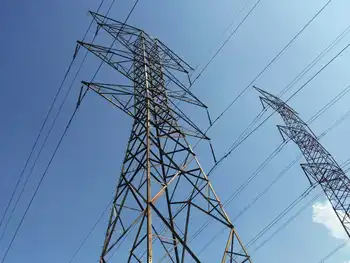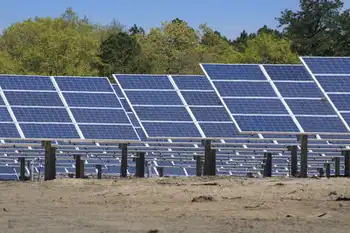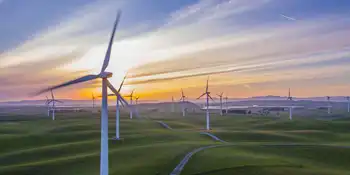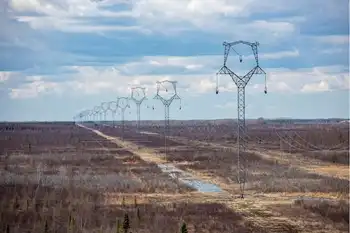FPL forms alliance to enhance disaster response capabilities
By Florida Power & Light Company
CSA Z462 Arc Flash Training - Electrical Safety Essentials
Our customized live online or in‑person group training can be delivered to your staff at your location.

- Live Online
- 6 hours Instructor-led
- Group Training Available
"We are extremely excited to announce this unique partnership with the Florida National Guard and its 12,000 citizen soldiers and airmen – the first of its kind in the nation," said Eric Silagy, president of FPL.
"This new partnership will allow FPL to leverage the Florida Guard's considerable logistics and operational expertise gained through its recent deployments here and around the world. At the same time, the Florida National Guard will gain a better appreciation for how FPL conducts its business, particularly during times of large-scale power restoration. There's no question in my mind that this innovative partnership can and will serve as a model for other National Guard units and utilities throughout the nation."
The idea behind the partnership began late last year during a meeting involving senior FPL officials, including Silagy, and senior Florida National Guard staff officers, including Maj. Gen. Emmett R. Titshaw Jr., the Adjutant General of the Florida National Guard.
"This innovative partnership is exactly the type of out-of-the-box thinking that needs to take place to ensure we are as well-positioned as possible to respond to the needs of Florida's citizens when disaster strikes," said Maj. Gen. Titshaw. "The Florida National Guard brings to the table an immense portfolio of real-world deployment and operational experience. Now, we have an opportunity to put that expertise to work here at home, allowing for knowledge-sharing and relationship-building with our disaster relief partners, all with a focus on preparation, response and recovery."
2004 hurricane anniversary – a reminder to continue to improve electric grid
This recent announcement took place against the backdrop of FPL's annual storm drill. More than 3,500 FPL employees participated at FPL's Command Center located in Riviera Beach, Fla., and at service centers and other facilities throughout the company's 35-county service area. Employees responded to Hurricane Echo – a virtual Category 3 storm – to test FPL's hurricane readiness, restoration and recovery plan.
"Ten years ago, Hurricanes Charley, Frances and Jeanne devastated parts of our state and challenged our restoration efforts," Silagy said. "Since that time, FPL has invested well over a billion dollars to strengthen our system and make it more resilient to Florida's extreme weather. While it's been nine years since a hurricane impacted FPL and its customers, none of us can afford to be complacent. That's why we vigorously test our storm plan and prepare for severe storms each and every day. I strongly encourage our customers to do their part and take the time now to prepare, well before the heart of hurricane season."
Since the devastating storms in 2004, FPL has invested more than $1.4 billion to strengthen the electric grid to better withstand severe weather, help restore service faster following outages and improve everyday service reliability for 4.7 million customers, including:
- Strengthening more than 450 main power lines serving critical community facilities such as hospitals, police and fire stations and emergency communication systems
- Clearing vegetation – a major cause of power outages – from more than 100,000 miles of power lines
- Inspecting all power poles – more than one million – and upgrading or replacing those that no longer meet our standards for strength
- Installing 4.6 million smart meters and 10,000 intelligent devices using cutting-edge technologies that help detect and restore service faster when outages occur











